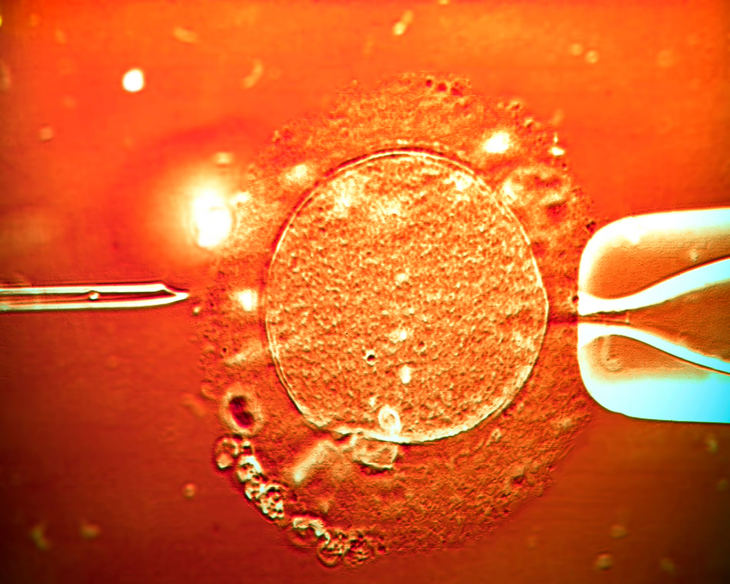
Ten children conceived using sperm from a man carrying a cancer-causing gene have been diagnosed with cancers including leukaemia and non-Hodgkin's lymphoma - Photo: THE GUARDIAN
Sperm from a donor found to carry a cancer-causing gene was used to conceive at least 67 children in eight countries across Europe, 10 of whom have been diagnosed with the disease, according to the Guardian.
The case raises concerns about the lack of international limits and regulations on the number of children that can be born from one sperm donor.
The case was discovered when two different families in Europe reported that their children had the same rare cancer linked to a gene variant. Tests showed that both children carried a rare variant of the TP53 gene, which is suspected to be related to the source of the donor sperm.
Through investigation, the European Sperm Bank confirmed that this donor carried the TP53 gene mutation, which is associated with Li-Fraumeni syndrome - a genetic disorder that increases the risk of many types of cancer.
The man donated sperm in 2008, when the gene variant was not widely known to cause cancer, and could not be detected by standard screening methods at the time.
Through collaboration between genetics and pediatrics departments across Europe, 67 children from 46 families in eight countries related to this donor were identified.
Of these, 23 children carried the risk gene variant, and at least 10 developed serious cancers such as leukemia and non-Hodgkin lymphoma. These children are recommended to have close medical follow-up with regular whole-body MRIs, brain MRIs, and regular screenings as adults.
European Sperm Bank spokeswoman Julie Paulli Budtz said they were heartbroken by the incident and insisted the donor had been thoroughly tested. However, the exact number of children born to the donor has not been made public by the bank.
She admitted that “it is impossible to detect disease-causing mutations without knowing exactly what to look for”, and called for international dialogue to set limits on the number of families per donor.
Currently, the bank applies a global limit of 75 families per sperm donor.
However, experts say this figure is still too high and the lack of an international system to track and inform recipients of genetic risks is a serious shortcoming.
Professor Nicky Hudson of De Montfort University (UK) warned that the transport and use of sperm between countries without appropriate restrictions could lead to far-reaching medical and social consequences.
She stressed the need for international coordination to set stricter limits, as well as improved tracing and notification mechanisms when serious medical problems related to donors are detected.
Source: https://tuoitre.vn/nguoi-hien-tinh-trung-mang-gene-ung-thu-sinh-ra-it-nhat-67-tre-10-em-bi-benh-20250524160442797.htm
















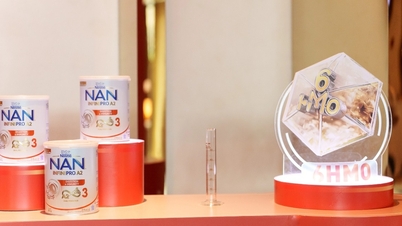
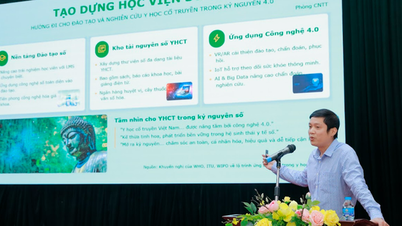














![[Photo] General Secretary To Lam and National Assembly Chairman Tran Thanh Man attend the 80th Anniversary of the Traditional Day of the Vietnamese Inspection Sector](https://vphoto.vietnam.vn/thumb/1200x675/vietnam/resource/IMAGE/2025/11/17/1763356362984_a2-bnd-7940-3561-jpg.webp)











































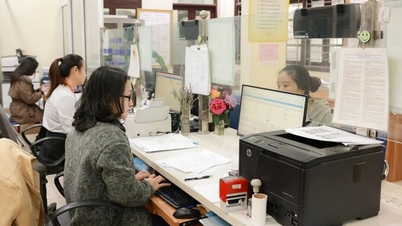








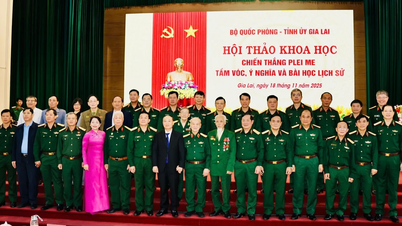










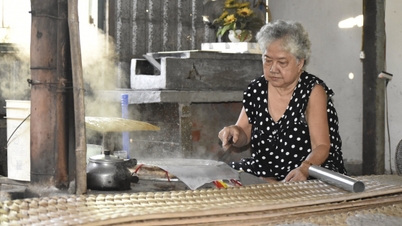








Comment (0)